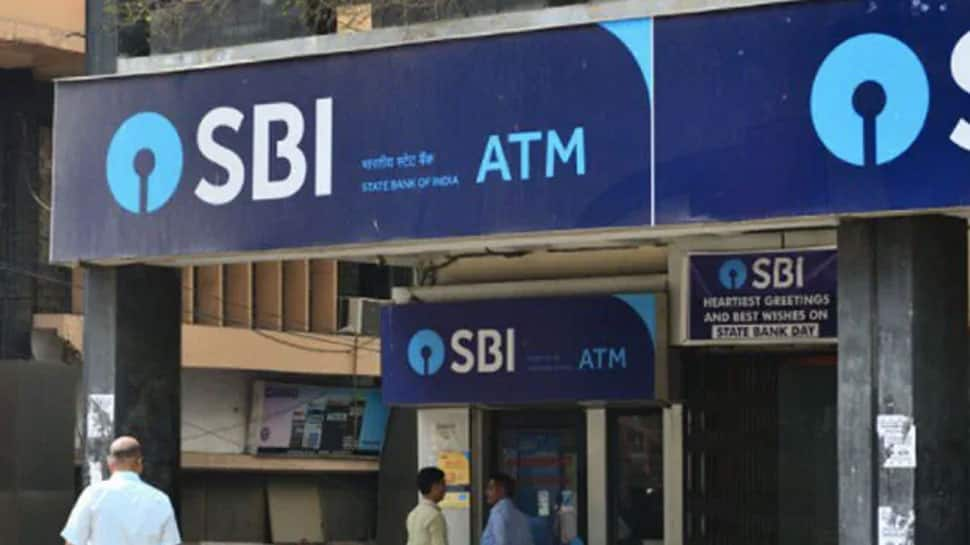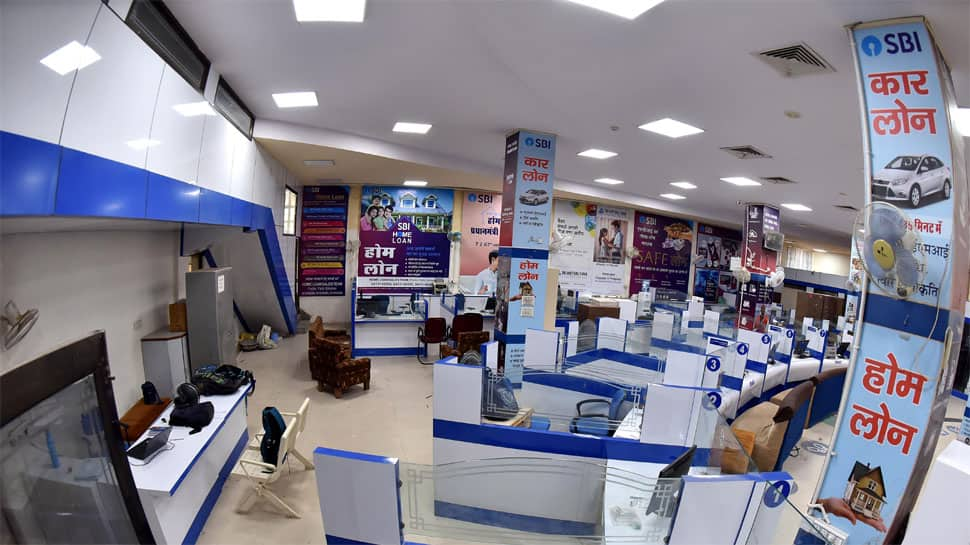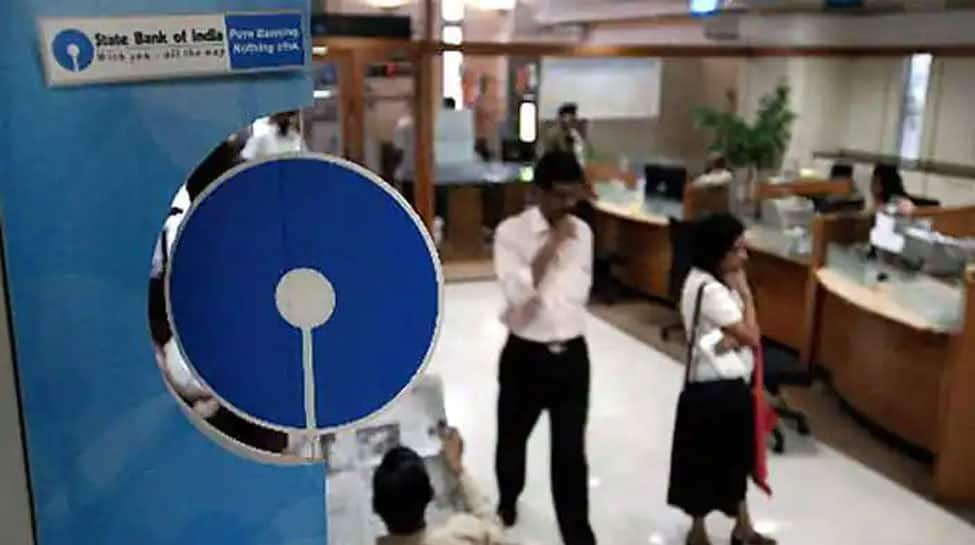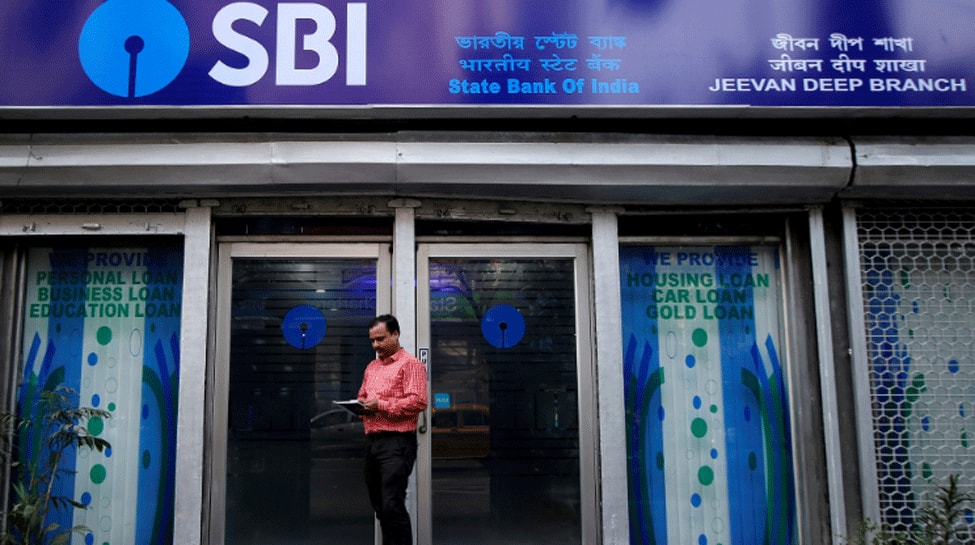While issuing high value cheques, State Bank of India customers must keep the following key things in mind to avoid cheque failures.
)
The Reserve Bank of India implemented the Positive Pay System (PPS) in 2021. It is a tool to fight cheque fraud in India, especially for large-value transactions. The PPS ensures that every large transaction is verified before processing.

The State Bank of India (SBI) is set to make the PPS mandatory for high-value cheques. If you are issuing high-value cheques from your SBI account, you must use PPS to ensure your cheque is cleared. Failing to comply with this system could lead to your cheque being returned unpaid.

The Positive Pay System (PPS) is a fraud prevention tool that prevents cheques from being tampered with or altered. It requires the account holders issuing cheques of Rs 50,000 or above to share key details with their bank before the bank processes the cheque.

When the cheque is presented before clearing, the bank cross-checks the submitted details with the actual cheque. If there is any discrepancy, the transaction is marked for further verification, which prevents cheque-based fraud.
"As per Reserve Bank of India directives, Bank has implemented Positive Pay System (PPS) for all modes of cheque payments (Cash/Transfer/Clearing) effective from 01.01.2021," the official website of SBI states.

According to the official website of SBI, "Bank is planning to make Positive Pay System mandatory for Savings Bank account cheques of Rs.5 lakhs & above and all other account type (Current Account/Cash Credit/Overdraft) cheques of Rs.10 lakhs & above. As such, once the mandatory clauses are made effective, maximum account level limits which can be selected would be the amounts mentioned above. All the registrations already made above the mandatory limits would be brought down to the mandatory level on the effective date."

Customers can register for PPS by submitting an application (Annexure I) at any SBI branch. Additionally, you can register through Retail/Corporate Internet Banking, Mobile Banking (YonoLite) and the YONO app. During registration you must select an account-level limit.

For issuing a cheque with PPS, cheque issuers must submit their cheque details at least 24 hours before presenting the cheque for clearing. You can do this through internet banking or manual submission at the counters.

The following details must be provided to successfully submit a cheque under PPS:
Account Number Cheque Number Cheque Amount Cheque Date Beneficiary Name Two-digit code on MICR band

PPS streamlines cheque processing and clearance while also enhancing security. A cheque that meets or exceeds the threshold amount and is submitted with incorrect details will be returned unpaid. Customers should ensure proper compliance to avoid transaction failures.